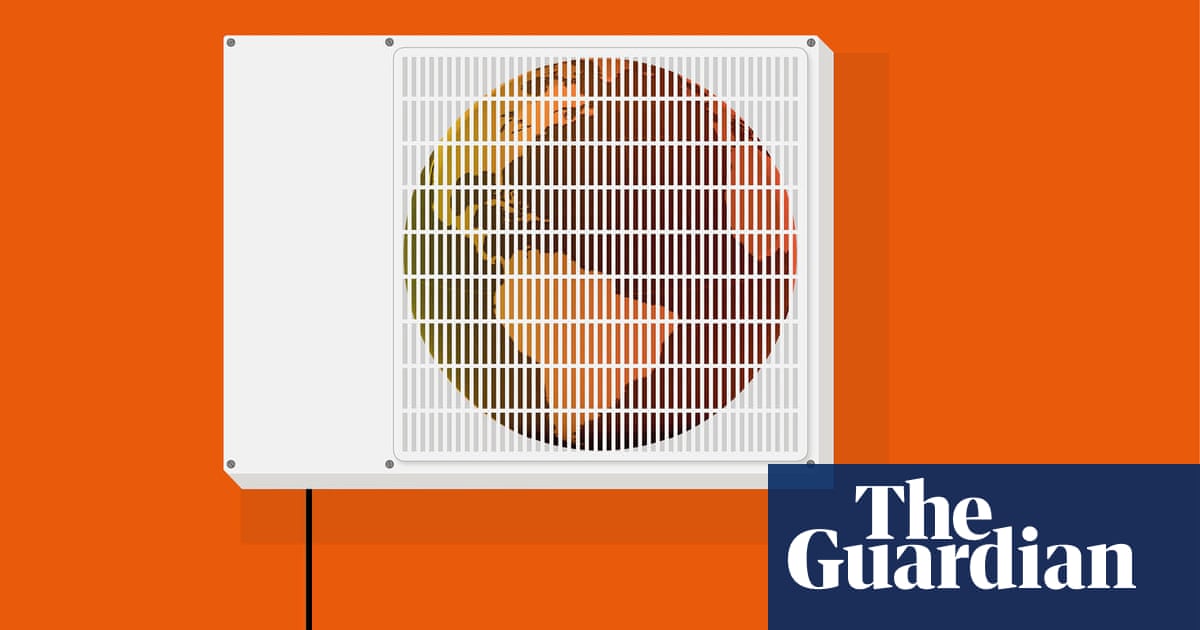A few thoughts.
- I spent most of my childhood in a new manufactured home. For us it was enough to open the windows in the evening, close them around 10AM, and in the afternoon use the ventilation system to blow cooler (but not cooled) air up from the crawlspace. In homes I’ve lived in since (in the same climate) this would be completely impossible. Why? Because homes built on-site decades ago are so much less airtight/well-insulated than a manufactured home. This seems ironic given how much cheaper manufactured homes look / their underclass cultural connotations. Are new site-built houses closer to older site-built houses or new manufactured homes?
- It’s my understanding that apartment living is, broadly, lower-emissions than detached single family homes. But I live more than 15 floors up in a new condo building and we have to run AC in the winter to keep it below 74F, just because heat rises. This seems like madness.
- Mostly in Seattle, AC has historically been a little silly / unnecessary. This has changed with wildfires. I’m willing to say we should all try to figure out how to deal with higher room temperature and build buildings differently and etc. etc. etc. but particulates in the air mean you can’t rely on natural air exchange. I recognize this seems like a corner case but… oof.
Environmentally Air conditioning isn’t the issue, Efficiency is the real issue. Where I live it’s been a big issue to reduce heat bowls in the cities caused by the lack of Trees. The big issue is the increased building density. Doesn’t matter how well designed the building is if the surrounding environment is trapping heat reducing the effectiveness of the air conditioning.
As for large buildings like apartments, having a central chiller plant could easily improve the cooling efficiency. As in large office buildings you are better off cooling the whole building to keep it within a temperature range rather than having one empty apartment acting as a massive heat sink warming up the surrounding apartments. However such systems are not seen favorably by investors as it looks like it increases the ongoing costs because it’s presented up-front rather than on a as used basis.
<…> by the lack of Trees. The big issue is the increased building density.
Actually increased tall building density is very good for creating shade and reducing general temperature of a city. New York’s concrete jungle is much more efficient than LA’s tiny house colonies. Building’s outer material and roofing are also much more reflective than asphalt or cement that are used on the ground. Of course tree’s and grass would be the best but that’s not always a realistic option.
There’s a very cool podcast episode by 99% invisible on this matter
… they do kind of address a number of these ideas in the article, though. (and christ almighty am I glad to not have a shared ventilation system right now!!)
Shared ventilation is a terrible idea and not very efficient in an apartment layout (Not to mention the issues with firewalls). A central Chiller Plant typically uses water or a refrigerant mix to pipe to individual A/C units




